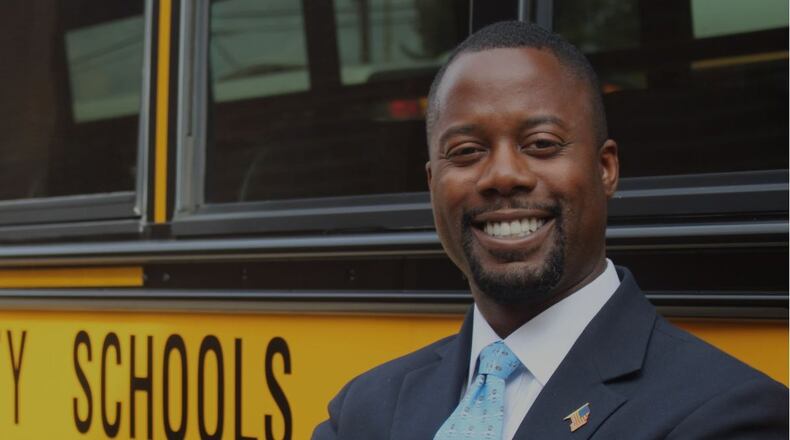Student success is the primary goal for every school, but how to get there can be tricky, as a pair of school-improvement lists show. All six of the top school districts in metro Atlanta have a school or a subgroup of students within a school that isn’t performing at grade level.
When the Every Student Succeeds Act passed in 2015, many educators hoped for flexibility and more local control. One of the major differences between ESSA and the No Child Left Behind law it replaced is that states are required not just to identify, but to report schools or subgroups that are struggling.
Those lists are Comprehensive Support and Improvement (schools with the lowest 5 percent of their three-year average scores on the state’s College and Career Ready Performance Index or with graduation rates at or below 67 percent); and Targeted Support and Improvement (schools with a subgroup of students performing in the lowest 5 percent in at least half of the components of the CCRPI).
“There was a kind of fog in the space between NCLB and ESSA,” said Stephanie Johnson, Georgia Department of Education deputy superintendent for school improvement. “Basically ESSA has changed district effectiveness. It’s nothing punitive. It’s an opportunity to find gaps and focus more resources on underperforming students.”
The Georgia Department of Education works directly with CSI schools and provides assistance. School districts are charged with providing support to TSI schools; while the state provides professional learning and targeted technical assistance, it is less intensive than the support provided to CSI schools.
All six of the top schools districts in metro Atlanta have schools on the CSI list: Gwinnett has four, Cobb has one, DeKalb has 13, Fulton has 10, Clayton has one and Atlanta Public Schools has 10. Half of those districts have schools on the TSI list: Gwinnett has two, DeKalb has two and Atlanta has five. The data show those three need extra support for students with disabilities.
As the largest school district in the state, Gwinnett County has a sizable challenge trying to keep every student on grade level.
“ESSA gives us a way to pull data and come up with targeted support for large subgroups,” said Steve Flynt, Gwinnett County Schools assistant superintendent for school improvement and operations. “We’ve devised a local school plan for improvement and will make adjustments with funding, organization and staffing.”
Although the task of improving schools lies primarily with the school district, the state has programs to assist.
“After this year we will have more data and more opportunities to adjust the strategy,” said Flynt.
Meadowcreek High, the third-largest high school in Gwinnett County with 3,378 students, is on the TSI list.
“We have a very diverse student body,” said Principal Tommy Welch. “And I’m not just talking about race or ethnicity.” Part of that diversity is that student needs change greatly from year to year, Welch added.
“There are so many lists out there for so many different things, it can be confusing,” he said. “We’re on several lists for increases in graduation rates, SAT and ACT scores so we’re working to keep the lowest-performing students on track and still keep the high-performing students at their peak as well.”
The Department of Education agrees that a focus on the “whole child” is important.
“These lists aren’t meant to be overwhelming,” said Johnson. “The district review shows where support is needed and allows all stakeholders to have a hand in success.”
Clayton County Superintendent Morcease J. Beasley agrees that the assessments are to be used as a turnaround tool. His school district had six schools on priority and focus lists based on NCLB in November 2016. Now the only underperforming school listed is the Perry Career Academy — a school designed to give students who may have struggled an opportunity to graduate with their class or as close to their class as possible.
“Last year Perry had a graduation rate of 35 percent, and that made it among the highest-performing alternative schools in the state,” said Beasley.
He said he doesn’t believe in lowering the bar and sees the new ESSA guidelines as a way to develop and implement best practices across the board.
“We don’t just assess where the students are, we look at where they need to be,” he said. “This shows just the initial fruits of our labors. We strive to give students the appropriate level of rigorous instruction and relevant content to close all the gaps.”
About the Author
Keep Reading
The Latest
Featured


